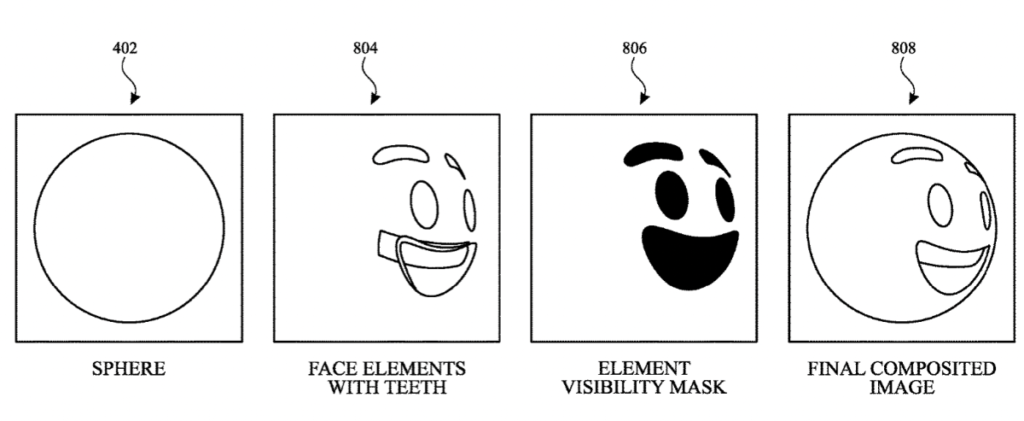Apple has been granted a patent (number 11,074,753) for “multi-pass object rendering using a three-dimensional geometric constraint.” It involves creating 3D Animoji and Memoji for the company’s Messages app.
Animojis allow a user to choose an avatar (e.g., a puppet) to represent themselves. The Animoji can move and talk as if it were a video of the user. Animojis enable users to create personalized versions of emojis in a fun and creative way, and Memoji is the name used for iOS’s personalized “Animoji” characters that can be created and customized right within Messages by choosing from a set of inclusive and diverse characteristics to form a unique personality.
About the patent
In the patent data, Apple says that messaging apps are popular ways for folks to communicate with each other. Users may personalize their messages by adding particular images, which may be referred to as stickers and/or emoticons, for example.
Users may also create three-dimensional representations or models of themselves, e.g., avatars, (and/or use pre-configured three-dimensional models). They may be used to further personalize messages and/or other types of communications.
Summary of the patent
Here’s Apple’s abstract for the patent: “A device for performing multi-pass object rendering using a three-dimensional geometric constraint may include at least one processor configured to receive a mesh of points corresponding to a head of a user. The at least one processor may be further configured to render an image of a sphere and to render elements corresponding to facial features based at least in part on the mesh of points.
“At least one processor may be further configured to render an element visibility mask based at least in part on the mesh of points, the element visibility mask being constrained to the surface of the sphere. The at least one processor may be further configured to composite the sphere, the elements, and the element visibility mask to generate an output image. The at least one processor may be further configured to provide the output image for display.”
Article provided with permission from AppleWorld.Today

